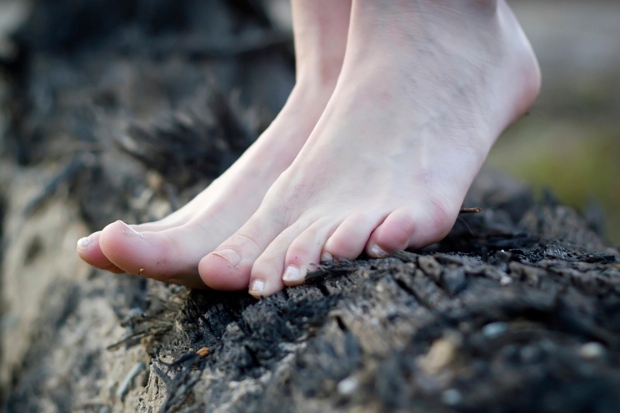‘I am glad to say that I have never seen a toe-rag,’ said my husband, assuming, as unconvincingly as one would expect, the demeanour of Gwendolen from The Importance of Being Earnest. ‘It is obvious that our social spheres have been widely different.’
I had been mentioning the perverse tendency of the human race to defend their own amateur etymological theories, even when convicted of gross error. A vigorous example at the moment is tow-rag, a catachrestic version of toe-rag, a term of abuse taken from the practice of wrapping rags round the toes. ‘Stockings being unknown,’ wrote J.F. Mortlock in his memoirs of convict life in the 1840s and 1850s, ‘some luxurious men wrapped round their feet a piece of old shirting, called, in language more expressive than elegant, a “-toe-rag”.’
There has been continuous documentation of the word in this sense for the past 150 years, and for almost as long in the opprobrious metaphorical sense. Yet you come across people, as I have more than once in recent weeks, who insist that the term is properly tow-rag, deriving from a rag tied to a tow-line, either on the road or on the river. It would, they insist, become dirty, naturally: hence the amplified phrase ‘dirty tow-rag’. Quite mad and without a shred of foundation, but there’s no telling them.
A more entrenched error concerns toeing the line, which, being a satisfactorily dead metaphor, is susceptible to any kind of ill treatment. People imagine that it is the same tow-line, with or without helpful rag, so handy for figures of speech. Others, while accepting the digital toes, place them on a line drawn on the floor of the House of Commons intended to keep at a safe distance opposing gents with swords.







Comments
Join the debate for just £1 a month
Be part of the conversation with other Spectator readers by getting your first three months for £3.
UNLOCK ACCESS Just £1 a monthAlready a subscriber? Log in